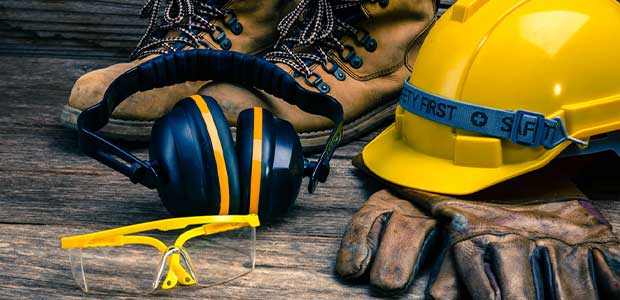
An In-Depth Look at 2021 Fatal Occupational Injury Data
The data include information on gender, event or exposure, job and more.
- By Alex Saurman
- Dec 22, 2022
Last week, the Bureau of Labor Statistics announced that 5,190 people lost their lives to work injuries in 2021, a reported increase of almost nine percent from 2020.
The news release breaks down the characteristics of the lives lost by race or ethnic origin, gender, age, event or exposure and job. Let’s take a look at these statistics.
Of the lives lost in 2021 to workplace injuries, 653 Black or African-American workers lost their lives, representing 12.6 percent of all workers, an increase of 1.2 percent from the year prior. The fatality rate for Black or African-American workers was higher than the year’s average: 4.0 per 100,000 full-time equivalent workers versus 3.6 per 100,000, respectively.
Hispanic or Latino workers saw an even higher rate, 4.5 per 100,000 full-time equivalent workers. The total number of Hispanic or Latino workers who lost their lives surpassed that of pre-pandemic levels in 2021. In 2017, 903 Hispanic or Latino workers suffered fatal occupational injuries; in 2018, 961 workers lost their lives; in 2019, 1,008 workers; in 2020, 1,072 workers; and in 2021, 1,130 workers.
Most workers who lost their lives were between the ages of 45 to 54 (1,087 fatalities) and 55 to 64 (1,140 fatalities) and were male.
The leading event that caused fatal occupational injuries in 2021 was transportation incidents, making up nearly 2,000 of the total fatalities. Slips, trips and falls were the second event or exposure, causing 850 fatalities. “Exposure to harmful substances or environments,” “violence and other injuries by persons or animals” and “contact with objects and equipment” ranked close together, with each resulting in 798, 761 and 705 fatalities, respectively.
Though workers in the "transportation and material moving" industry (1,523 fatalities) and “construction and extraction” industry (951 fatalities) had more fatalities than other occupations, logging workers had the highest fatal work injury rate, with fishing and hunting workers falling close behind.
“It’s unacceptable that our nation’s fatal worker injury rate is at a five-year high—a fact made worse by minority populations being disproportionately impacted,” said ASSP President Christine Sullivan, CSP, ARM in a news release. “Most occupational incidents are preventable given today’s technologies and proven safety and health strategies. Employers must be proactive in adopting workplace safety standards to protect workers across all industries.”
About the Author
Alex Saurman is a former Content Editor for Occupational Health & Safety,who has since joined OH&S’s client services team. She continues to work closely with OH&S’s editorial team and contributes to the magazine.